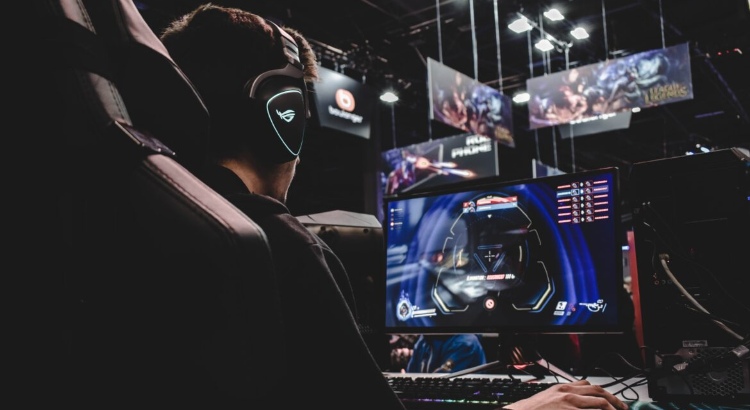The Complexities of Video Game Translation: Why It’s Harder Than You Think
The global gaming industry is a powerhouse, with a market value exceeding $300 billion and an estimated 2.7 billion gamers worldwide (Accenture, 2021). This massive audience means that video games must reach players of many different languages and cultures.
For game developers eager to expand globally, proper game translation is not just a bonus—it's essential. Yet, the process is more complex than simply translating text. It demands a unique set of skills and careful attention to detail.
Why Game Translation Is More Than Just Words
Translating a video game involves much more than converting sentences from one language to another. Here’s why:
- Technical integration: Translators need to work with different file types and sometimes even interact with game code.
- Adapting visual content: Elements like icons and on-screen text need careful localization.
- Cultural adaptation: Content must make sense and feel natural to players from different regions.
Games that are built to be "translation-friendly"—for example, by using separate language files—make the process smoother. However, even with these, developers must think about issues like text expansion and contraction. For example, German translations can take up to 30% more space than the English original, which can break layouts or cause confusion (CSA Research, 2018).
The High Expectations of Gamers for Accurate Localization
Gamers notice and care about translation quality. Mistakes can lead to:
- Poor sales numbers
- Negative reviews
- Damage to a studio's reputation
A well-known example is Sports Interactive's Football Manager 2017, which received heavy criticism and negative feedback in China for not supporting Chinese. This backlash hurt sales and image in multiple markets.
Linguistic and Cultural Differences Add Layers of Challenge
Every language brings its own set of hurdles for translators:
- Some items or jokes cannot be translated directly at all.
- Game-specific terms or invented words may not exist in other languages.
- Names, references, and brand-identifying language ("King Lingo" for King games) require careful handling to preserve brand voice.
For example, when Konami released Metal Gear Rising: Revengeance, the made-up word "revengeance" needed extra care during localization to keep its intended impact.
To maintain quality and brand consistency, game companies often rely on text translation services specialized in the gaming industry.
Why Learning to Localize Games Matters
Despite these challenges, effective game translation unlocks key benefits.
1. Driving Sales
- Only about 27% of gamers speak English as their main language.
- The Asia-Pacific region, home to millions of gamers, is now the world’s largest gaming market.
- Europe’s "FIGS" countries—France, Italy, Germany, and Spain— together have 90+ million active gamers.
Selecting the right languages for localization increases sales potential and market reach.
2. Increasing Downloads
- Translating a game means more people can find and play it.
- Broadening language support can lead directly to more downloads and installs.
3. Enhancing User Experience
- Players understand and enjoy a game more deeply when they can play in their native language.
- Quality localization allows players to immerse themselves in the story and controls.
4. Staying Competitive
- With millions of games on the market, localized content helps titles stand out.
- Smart localization involves selecting languages based on demand and market trends.
- Quickly responding to new opportunities or demands keeps you ahead of competitors.
5. Protecting Brand Reputation
- Poor or missing translations can create confusion and even offend players.
- Good localization considers references, jokes, and cultural differences, and adapts elements like holidays, time, food, or music to the specific audience.
Investing in professional audio translation services and careful proofreading is critical for maintaining your game’s reputation worldwide.
How to Tackle Game Translation Successfully
To translate your game well, consider the following steps:
- Start early: Plan for localization from the beginning of game development.
- Use professional services: Rely on transcription services and translation experts who know gaming terminology and culture.
- Focus on quality: Adopt proofreading services to spot mistakes before release.
- Don’t forget audio and captions: Consider closed captioning and subtitling services for complete accessibility.
- Budget smartly: Compare transcription pricing and captioning rates to stay within budget.
Conclusion: Level Up Your Game's Global Reach
Translating a video game is a complex task. It demands careful planning, attention to cultural and technical details, and the right partners. Missing these steps can harm player experience and brand reputation or limit sales.
For developers ready to go global, GoTranscript offers expert solutions—from automated transcription and editing to audio translation and full AI transcription subscriptions. Ready to ensure your game is accessible for every player? Order your game translation now and unlock a global audience.



















 Verified Order
Verified Order